Sending messages of hope with hair
September 20, 2016
10,000 adolescent and young adults ages 15 through 30 die from cancer each year. That is one death every hour.
The Multicultural Activities Council alongside the Student Activities Council are presenting an event unlike any other: Cuts for Cancer. On Nov. 18, at 8 p.m., students can donate their hair or shave their head to raise awareness for cancer.
“There was no way I could have cancer,” 21-year-old Brittany Alvarado said.
Alvarado had just finished her junior year of college when she was diagnosed with thyroid cancer. She was an athlete and a student when suddenly she was too exhausted to get out of bed.
“I am a college student. I am an athlete. I am a cancer survivor. More people identify this way than you might think,” Alvarado said.
Statistics show that cancer is the no. 1 killer disease among young adults.
A few of the most common cancers found among young adults include breast, lymphatic, skin, thyroid, ovarian and testicular. Sadly, cancer rates in this age group have increased while the survival rate has decreased.
“I was in complete denial and truly thought that I was just out of shape,” Brittany said in regards to her senior year in athletics. “(An athlete) was my identity, so no matter how much pain I was in, I could never walk away.”
Sometimes, as human nature, we often think of ourselves as being invincible like we could take on the world and win. Sadly, as much as we might want it to be, this is not the case.
Such is the case of Glenna Kohl, who frequented tanning beds since age 16. Kohl worked hard to stay healthy.
In April 2005, she found a baseball-sized lump in her groin that she attributed to a sports injury. In May, she was diagnosed with stage three melanoma. Kohl had had a mole removed for testing when she was 18, and it had come back as benign. However, the lab had made a mistake.
Kohl was the victim of delayed cancer diagnosis, which is disproportionately higher in young adults. The high commonality of misdiagnosises in this age group makes treatable cancers much harder to fight and it is a cause for such high mortality rates.
At stage one melanoma, the cancer is removed and the patient receives chemotherapy or radiation in order to keep the cancer from growing. This is a fairly easy procedure, and it usually removes the cancer completely.
At stage three, only half of those diagnosed will survive the next 10 years, and those 10 years will not necessarily be lived cancer-free.
After fighting hard for four long years, Kohl began to grow lesions in her brain. In her weakened state, she fell and hit her head. A month later, she passed away at home surrounded by friends and family.
Not all the cancer stories are of death and despair, though; many are filled with hope.
Alvarado endured a six -hour surgery, chemotherapy and radiation, and she came out 100 percent cancer-free. Her cancer has not returned for over two years. She now works as a content manager for Orlando City Soccer Club and Orlando City Pride, and she plans on living a long, happy life.
Breast cancer survivor Rowena Kincaid recalls how losing her hair affected her.
“At night, I’d dream that I still had my long hair and I’d be tying it up in a ponytail– then I’d wake up and realize I was bald,” Kincaid said.
Her confidence was fleeting, but her hope for survival never faltered.
MAC and SAC are excited to spearhead this event and facilitate hope. A month from now, Lakers will have the opportunity to donate their hair to cancer survivors like Kohl and Kincaid.
Lakers can stop by and write a message of hope to someone in need if they cannot donate their hair due to bleach or dye, or if they have personal reasons for not cutting their hair.
The MAC programmers for this event are pledging to give their hair to cancer survivors.
Save the date: Nov. 18 at 8 p.m.

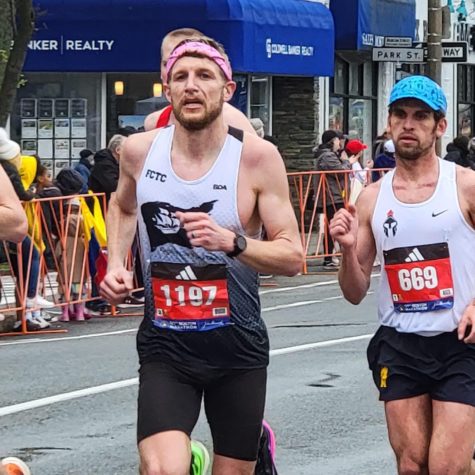
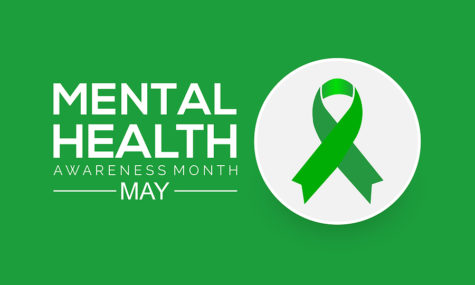
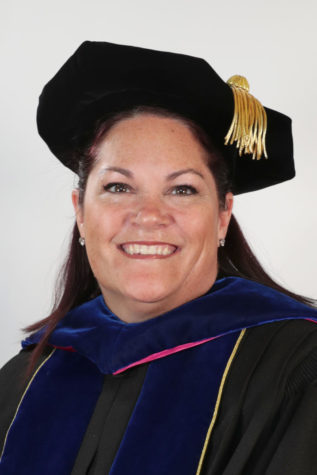
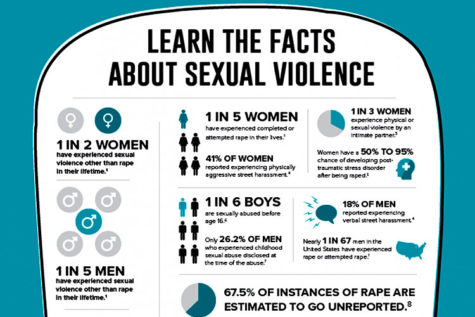
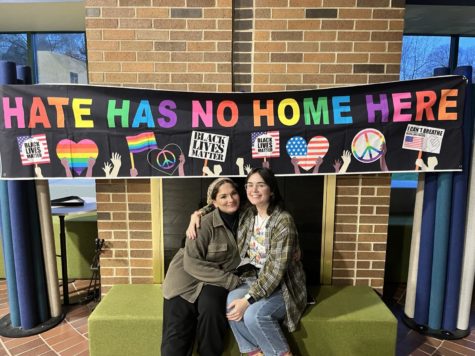
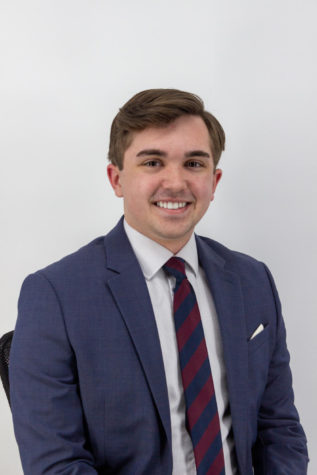

Smithd604 • Oct 15, 2016 at 12:31 pm
Muchos Gracias for your blog post. dbfckedfddbdbeee
mum • Sep 23, 2016 at 7:18 pm
Unfortunately my beautiful daughter passed away on 02/09/2016.After 7 long years battling this cruel disease